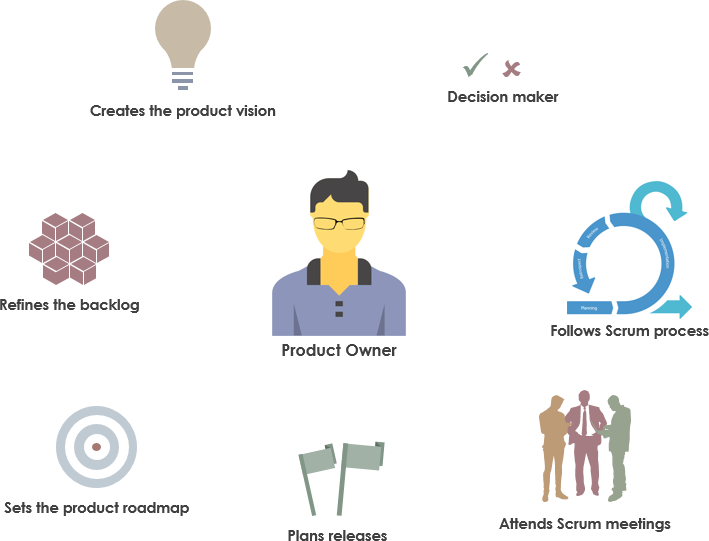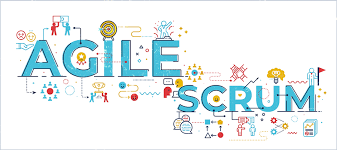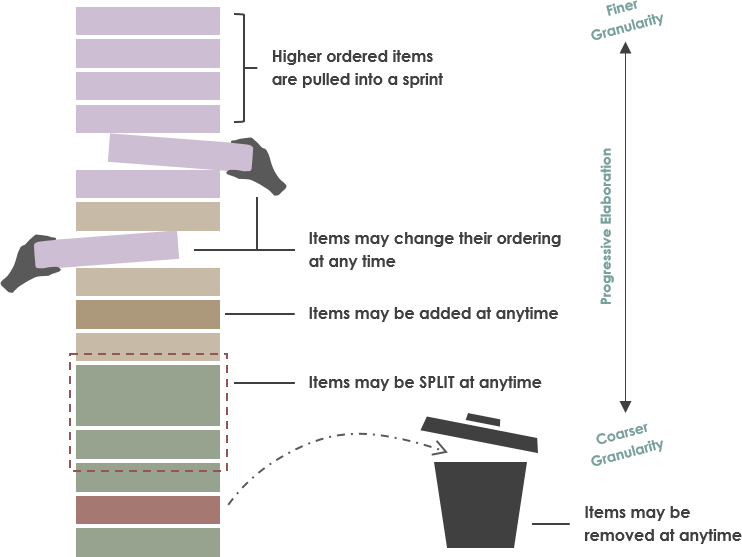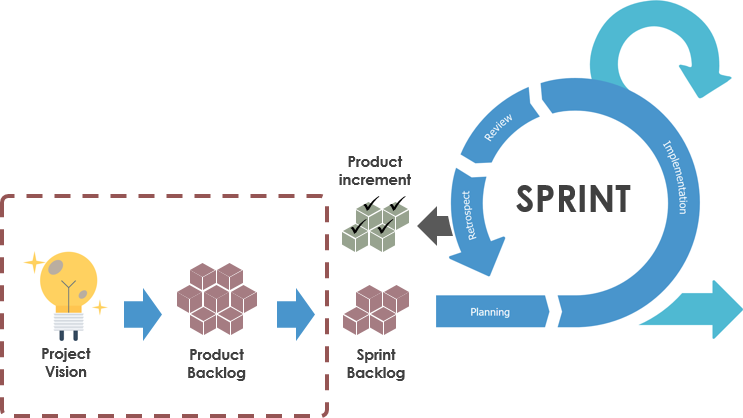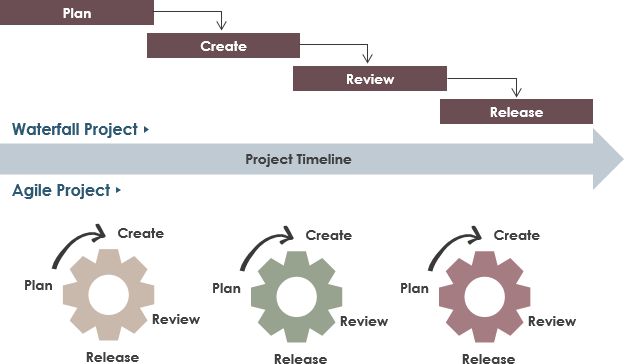A Scrum master is a member of a Scrum team. Their task is to create a productive work environment and guide others to understand the values, principles, and practices of Scrum. scrum directors tend to be people-oriented, have a high EQ, and find joy in helping their team members grow.
Continue reading

